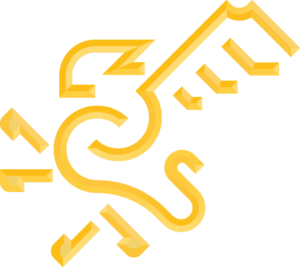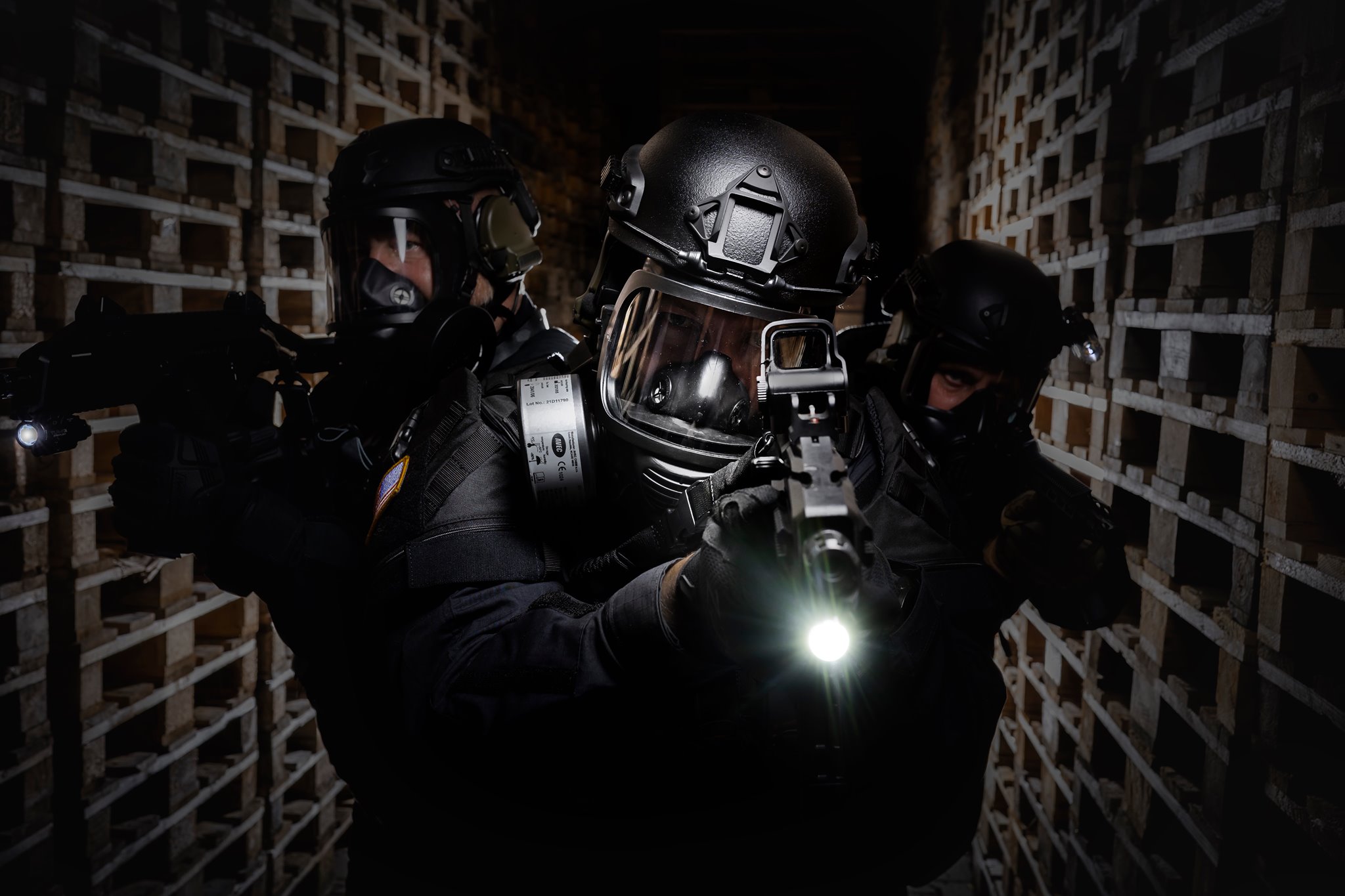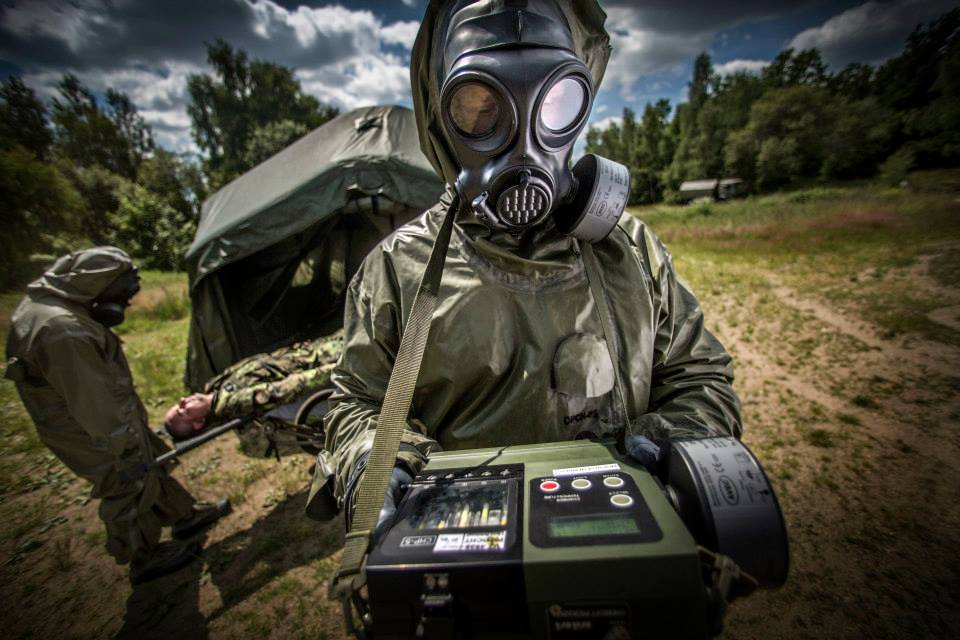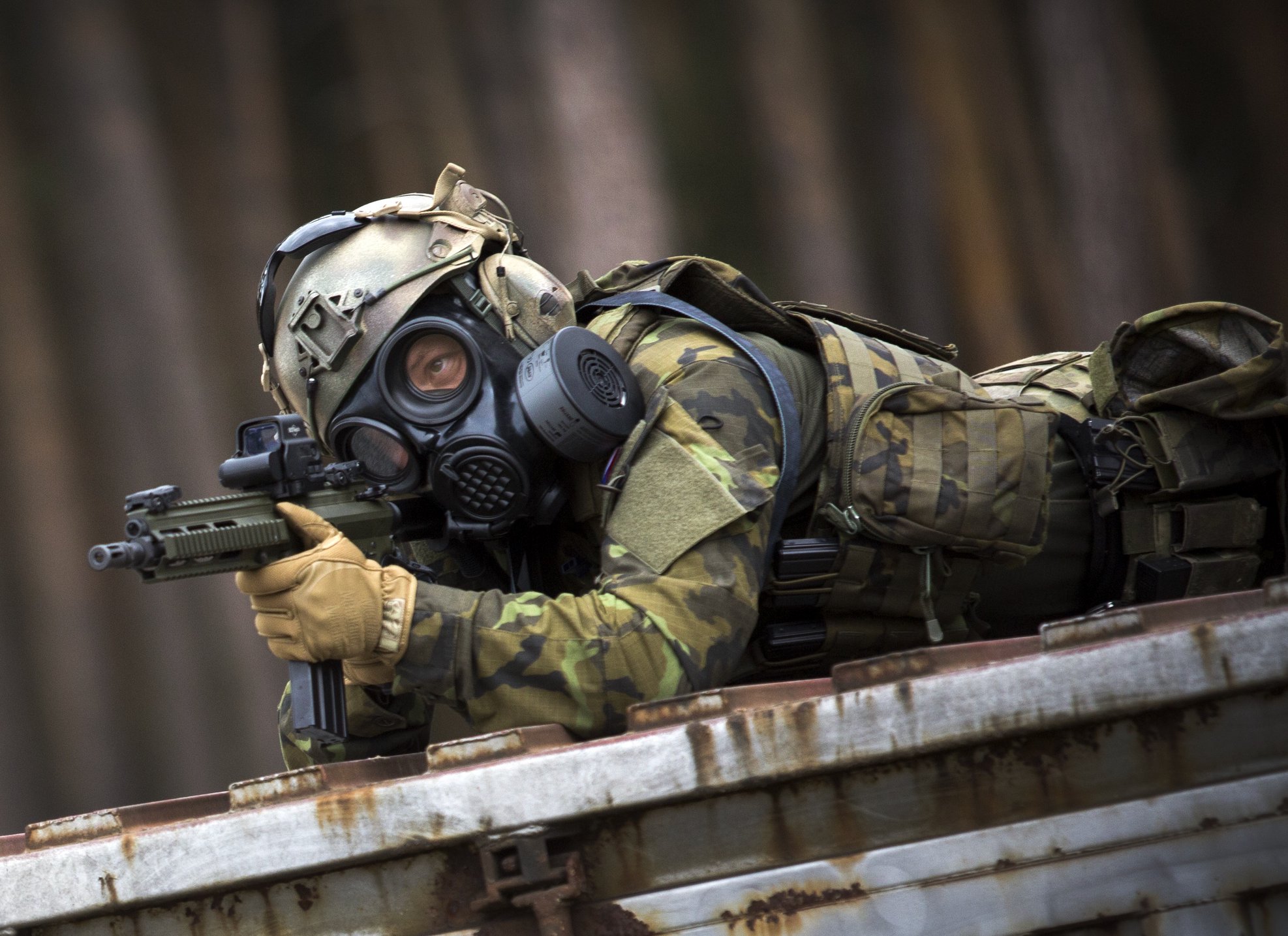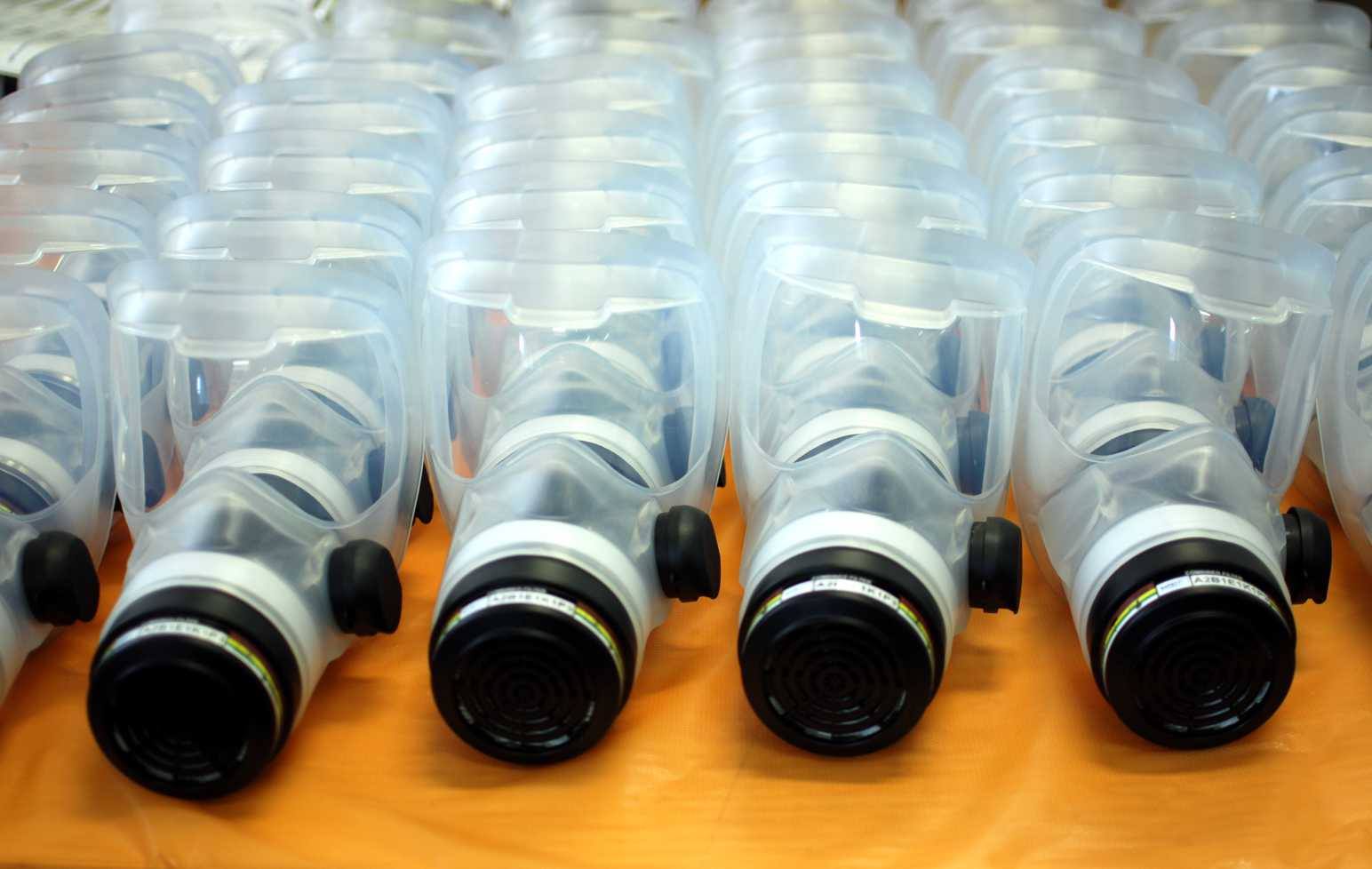Contact Form
FAQs
Which gas mask filter is suitable for me?
The choice of gas mask filter depends on the risk to which you may be exposed.
There are filters specific to health risks and certain types of dust or gases (notably COVID, volatile paint or sanding residues, incapacitating gases, etc.) – used in particular by craftsmen, the police or healthcare personnel.
Other types of filters are specifically designed for heavy industrial risks and defense (filtration of smoke, aerosols and vapors generated by combat gases or following an accident & radioactive residue).
The filters are standardized by (European) standards: NF EN 14387 / NF EN 143 / NF EN 372 & EN 149, and classified according to an alphabetical and color code. The capacity (the concentration of the contaminating agent in a given volume of air) is classified from 1 to 3.
Click here for the page: classifications and capacities of gas mask filters
gas mask with two lenses or with visor?
All the gas masks offered (as long as the size is adapted to your face) will protect you effectively. Two choices are available to you:
Visor mask with peripheral vision - for civilians, law enforcement and emergency services (optimal field of view - but the use of a weapon-mounted optic or a NVG will be less comfortable than with a lens model).
Lens mask (two eyepieces) - for soldiers and militiamen (reduced field of view - compensated by the group monitoring the perimeter - comfortable use of an optic & a NVG.
How should I store my mask and filters?
The masks are delivered in a closed plastic bag & the filters are delivered with a sealed lid, in a plastic sheath emptied of his air and heat-sealed - during storage, they should be stored in a space without direct light, dry (or with controlled humidity) and at room temperature (between 18 and 25 degrees Celsius). The shelf life in storage mode is 20 years on average – a check of the filter covers and the texture of the rubber of the masks is necessary every 10 years.
How do I determine which mask size is right for me?
You can measure the distance from the root of the nose to the tip of the chin with a ruler and compare it with the following values. The size recommendations are only guidelines.
1) Distance = 110 mm (+/- 5 mm): S (small)
2) Distance = 120 mm (+/- 5 mm): M (medium) - universal most used
3) Distance = 130 mm (+/- 5 mm): L (large)
From which country are the products shipped?
Some detection and decontamination elements, the gas masks, filters and CBRN suits are shipped from the Czech Republic or England.
Some detection and air purification elements are shipped from Switzerland, Israel & Ukraine.
The helmets are shipped from Japan (DEVTAC), or from Israel or from Germany
